
- Travel more for less
- Become a member by 01/31/2026 and get 10% OFF on bookings at FlixBus!
Swimming with dolphins, riding elephants and posing for photos with starfish make a great memory from your trip, but are also a way to contribute to animal cruelty.
11min

Animals are a big part of why we travel. Many of us live in cities, cut out from the nature and the beautiful flora and fauna. Animals like elephants, sloths, dolphins, starfish, or monkeys are very intriguing to us.
Fascinated by their behaviours and looks, we might rush to participate in activities like riding elephants or hugging sloths. Sadly, most of the attractions that include animals are very harmful for them and they carry a lot of consequences.
Animal tourism drives some animals to extinction, alteration of their natural behaviour or a destruction of their environments.
World Animal Protection estimates that 250,000 animals are being kept in captivity just for entertainment purposes. Very often the animals are kept in poor conditions, consequently leading to poor health, both physical and mental.
All with the purpose of gaining financial profits by exploiting the animals as touristic attractions; riding elephants, taking selfies with tigers or performance of unnatural tricks in front of large, noisy crowds with selfie sticks, big cameras, and flashes.
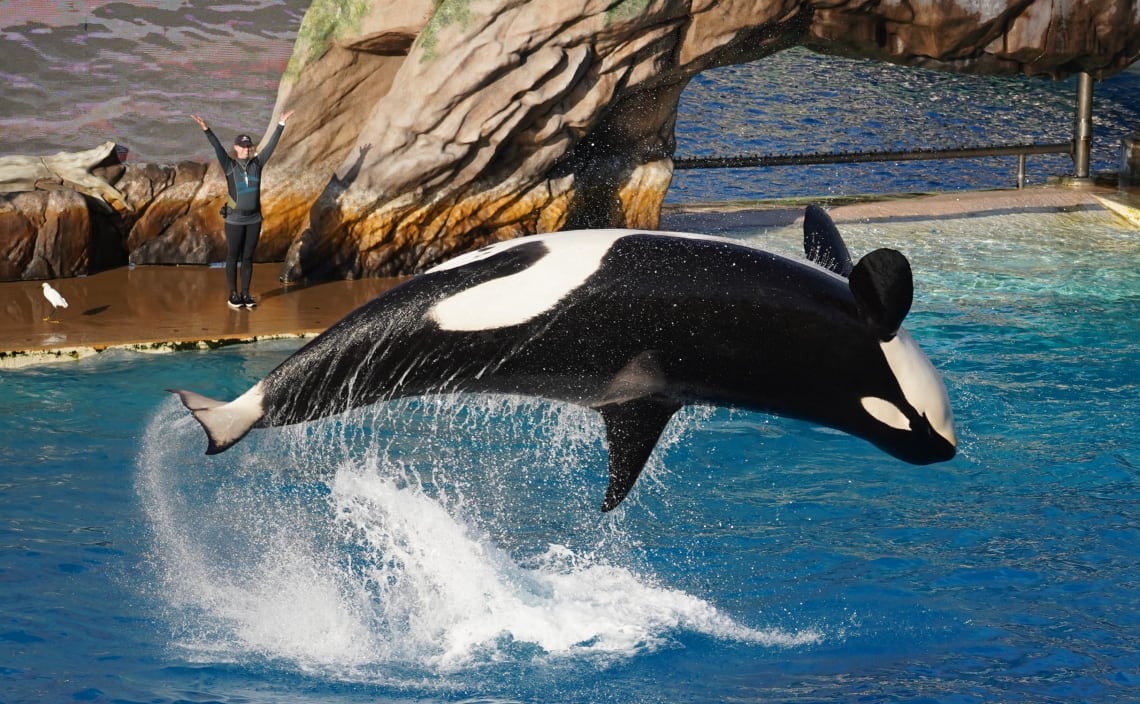
• Elephants
• Monkeys
• Dolphins
• Tigers
• Bears
They are being taken away from the wild by force, ripped away from their families (often when they are babies) and their natural environments and chained up in cages, drastically changing their lives.
This is where they will go through intense and cruel training to be able to (safely) entertain tourists. The training often includes usage of tools like sticks, hooks, whips, and chains. Those are very painful for the animal and substitute to physical abuse.
Animals in training are often withheld appropriate diet, water or veterinary care, as well as contact with other animals.
The techniques used are to ensure that the animals are submissive and do not act ‘wild’ but calm, so that tourists can feel safe participating in the activity. In this scenario, the owners are putting financial profit over wellbeing of the animals.
Sometimes the activity doesn’t seem harmful. Shows including an elephant painting pictures or taking selfies when holding animal might appear harmless and like an ethical option.
However, the cruelty is hidden behind what happens during training and in the conditions that the animals are staying in when the tourists are not looking.
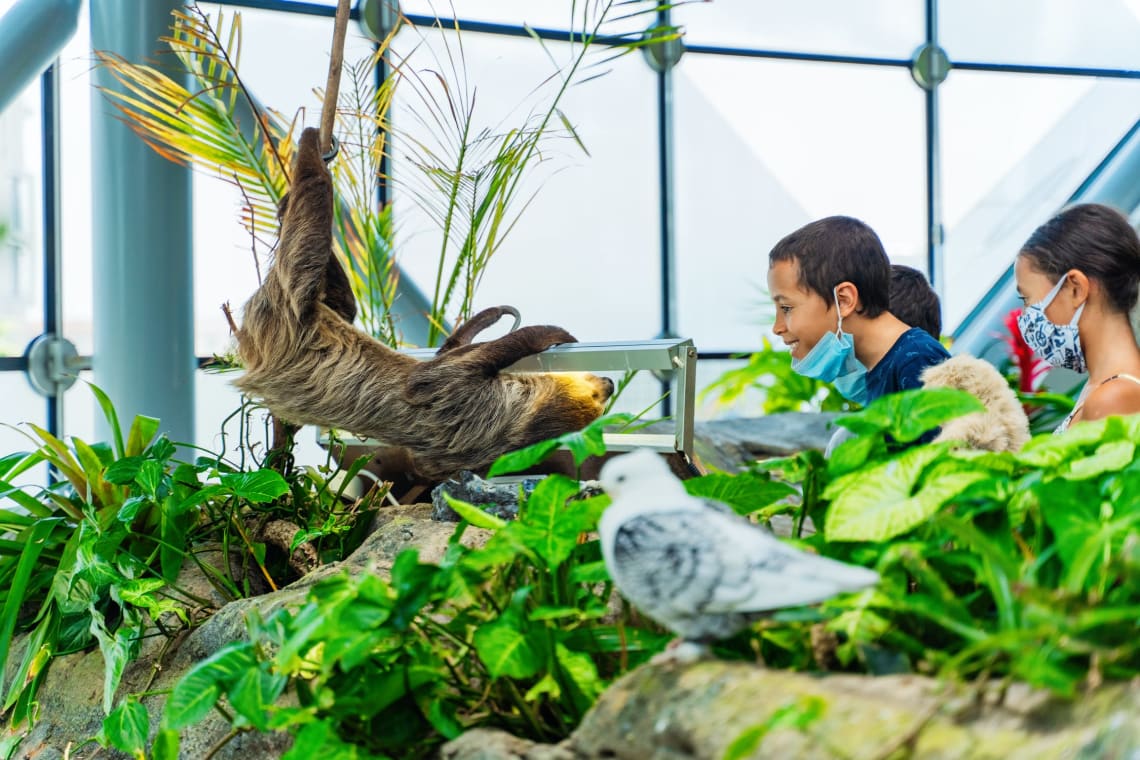
Animals in tourism should be a real concern for every animal lover and every traveller wishing to travel ethically and responsibly. The animals are often visibly poorly, tired and dehydrated and accompanied by their owners that disapprove any concerns and claim this is normal, the animals are healthy, and they enjoy their jobs.
But that’s not the truth. Wild animals can never get used to being in captivity or working.
Almost all animals used for entertainment are subjected to cruelty. Even if animals are kept in good conditions and are generally healthy and might appear happy, the animal tourism industry exploits them by making them entertain tourists. This is unnatural behaviour for them and they do not enjoy performing tricks. This is why they have to be forced to it, or sometimes be sedated or drugged.
Luckily, more and more travellers are beginning to question activities that include wild animals. This is where the power to change the industry is born.
Travellers act as consumers and if they stop building the demand by purchasing tickets the companies might be forced to close or at least change their policies.
This has been the case with SeaWorld and the ‘Boycott SeaWorld Day’ campaign that resulted in changes to their performance shows and their breeding policy. As the Netflix show ‘Blackfish’ has exposed the industry, the numbers of visitors has decreased, slowing down the demand for more shows.
Additionally, many charities and organizations such as PETA and WWF are already working on illegalizing many attractions or setting stricter rules and regulations when it comes to wildlife in tourism.
Currently there aren’t many laws in place that protect wild animals in entertainment, as many of the wild animals are not covered in the Animal Welfare Act. Better and stronger laws need to be put in place on a global level in order to protect the animals.
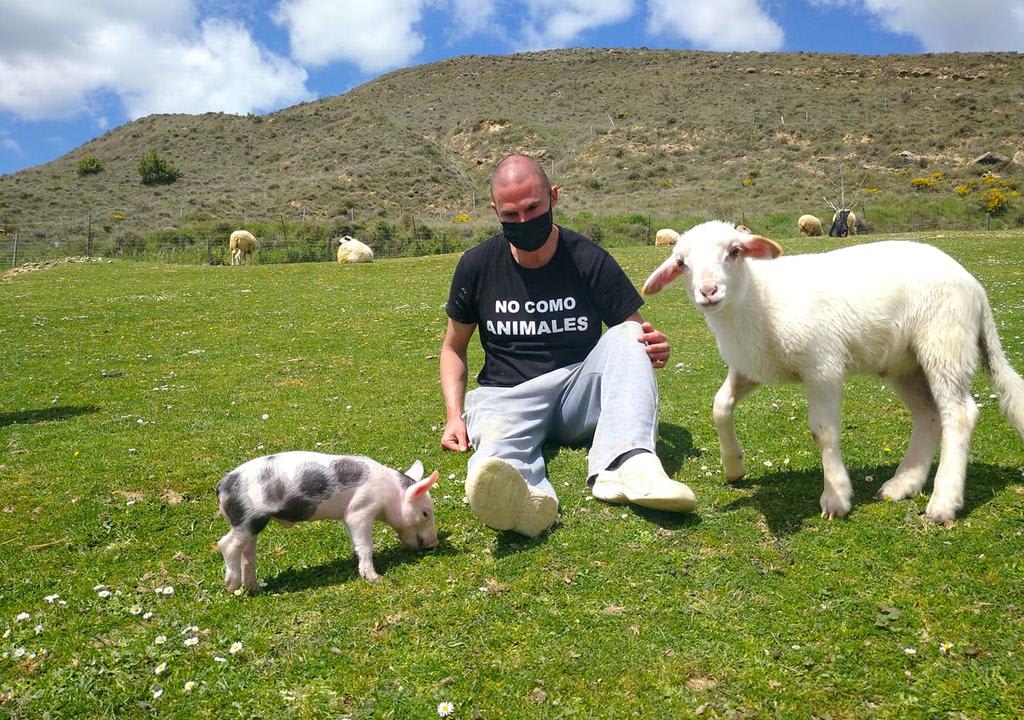
Although this might limit our choices on our trip and might mean we won’t get as close to the animal as we would like to, this doesn’t mean that we must completely forget about seeing our favourite animal. There are ways to do this ethically.
Rehabilitation and rescue centres or sanctuaries are examples of ethical animal tourism and are great alternatives to meeting new animals.
Their goal is to educate the visitors and use the revenue on further rehabilitation or rescues. You should be looking at supporting centres that aim reintroduce animals into the wild. Visitors walk away having learned something new and having supported ethical animal tourism.
Places like the Global Sanctuary for Elephants in Brazil make a truly life changing job by rescuing elephants from zoos and circuses in South America, and although visitors aren't allowed to give the animals the wild experience they deserve after decades of perfoming for people, you can support them by following on Instagram (@sanctuary4elephants and @elefantesbrasil) and being part of their campaigns.
Also, you can bring a positive impact by volunteering at an animal sanctuary with Worldpackers! Have a look at the amazing opportunities all around the world, that are possible with Worldpackers. Some, but not all, of these projects, are:
According to World Animal Protection, approximately 110 million tourists visit wildlife tourist attraction every year.
When travellers continue to participate in animal attractions, like riding elephants, swimming with dolphins or hugging sloths, they are contributing to this terrible industry.
By choosing to be a mindful traveler and choosing not to participate in any animal attractions, we can drive down the demand enough to stop them all together and help to protect animals.
Taking animals out of their natural environments and away from their packs, solely to be used for human entertainment and financial gain is cruel and simply unnecessary. Your experience of seeing a happy family of elephants in the wild from a far would be more precious than the experience of riding an elephant.
Animals are voiceless, but a tourist with money has a very loud one. Every dollar put towards most animal attractions is contributing to animal cruelty and feeding the wildlife tourism industry.
Although most of us already know of the cruel techniques and consequences of animal tourism, here are some activities that many might not be considered harmful, yet they should be avoided.
Skip those animal attractions on your next trip:
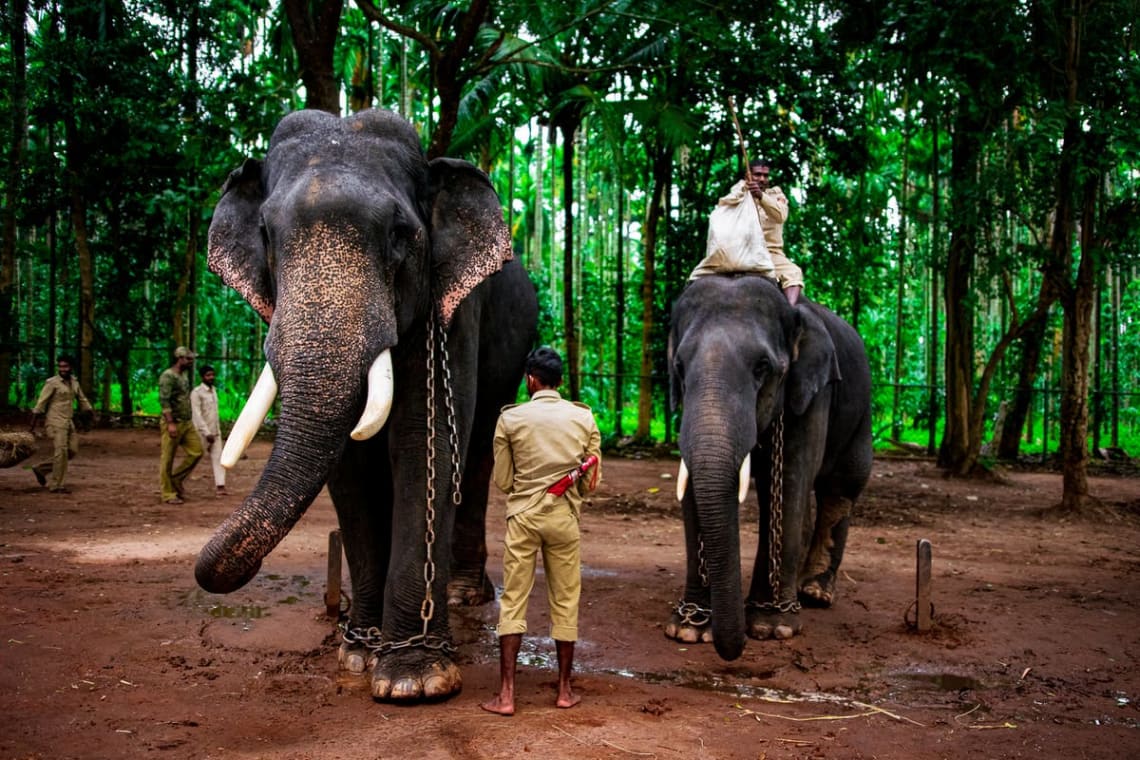
One of the most popular and cruel attractions is riding elephants. According to PETA, there are over 3,000 elephants in captivity in Asia alone. Countries like India, Sri Lanka, Laos, Cambodia or Thailand are hot spots for elephant tourism.
Elephants in captivity mean that the elephants are being held in cages or tied up with short chains. That is when they are not working. When they are working, they need to carry humans on their backs for the whole day in heat.
The training that elephants go through is often referred as one ‘that breaks their spirit’. This is because the animals are being punished every time they act instinctively, until they become completely submissive and don’t act like they would in a wild.
Once their spirits are broken, the elephant is ready to start working. The cruelty continues, as the elephants needs to carry humans on their backs. Even though elephants are incredibly strong animals, their spines cannot support weight of people and the riding gear. Doing so all day leads to permanent injuries.
Elephants are extremely emotionally intelligent animals. Being kept captive and isolated from their pack and natural environments causes depression, anxiety, and PTSD.
A report from 2015 has found that many elephants die from exhaustion and other suffering, related to the tourism industry. Elephants in captivity do not get to live for as long as they would in the wild. This is problematic as elephants are already classified as endangered, and all efforts should be put towards conserving and prolonging their lives.
On your next trip to Asia or Africa, skip riding elephants. Observe the animals from a far and do not contribute to elephant cruelty.
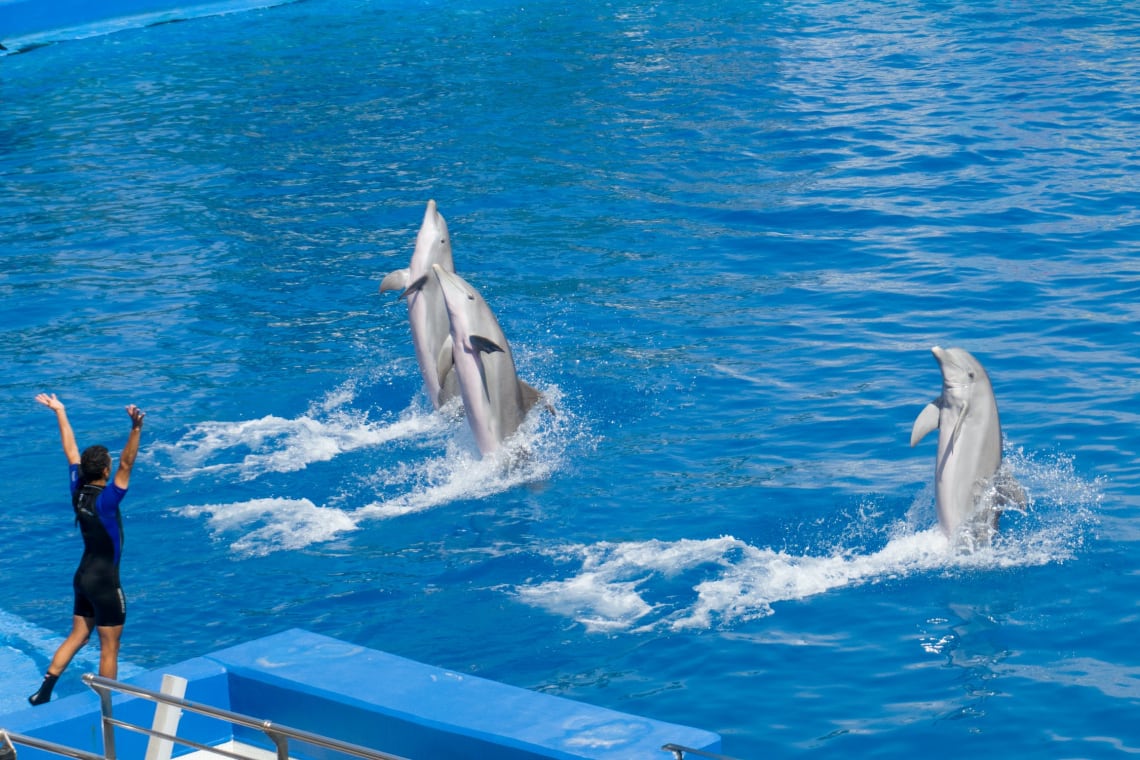
Swimming with dolphins or other marine animals is another bucket list activity among many tourists. According to World Animal Protection there are over 3,000 dolphins held captive with means to entertain crowds.
The very famous marine theme park – SeaWorld Parks & Entertainment revenue reached $1.5 billion in 2021. That is $105 million higher than two years before, illustrating that the industry is still very much active today, even though many of us already know how cruel their practises are.
Although they convince their customers that their income goes towards conservation, rescue and research, the brand is doing the opposite by capturing wild dolphins and orcas and sentencing them to life in captivity and work.
It is easy to think that this activity is harmless as dolphins can be seen smiling and giggling when posing for pictures. This is the dolphins natural face structure and it does not mean that their happy. Captive animal is not a happy animal.
Dolphins are active animals and like to swim over 40 miles in a day. Being held in small tanks makes this impossible, as their enclosures are 200,000 times smaller than their natural homes. Just like elephants they are being torn away from their families at an age when they are not yet ready to be on their own.
One of the biggest concerns is that dolphins are being kept hungry in order to comply with the instructions during the shows. What looks like a happy dolphin that is playing around is really a dolphin desperate to eat. Furthermore, the food that they are being fed as a reward is not nutritious enough.
There have been many incidents where trainers or visitors were attacked by a dolphin. Dolphins are wild animals that are capable of killing a shark.
Close interaction such as petting or posing next to dolphins is actually very dangerous for humans. This risk is exaggerated when they are stressed, which is the case if they are held in tanks filled with chemicals that are harmful to them.
Every ticket helps to fuel this awful industry. If you want to make a difference stay away from any activities including dolphins, whales, or orcas.
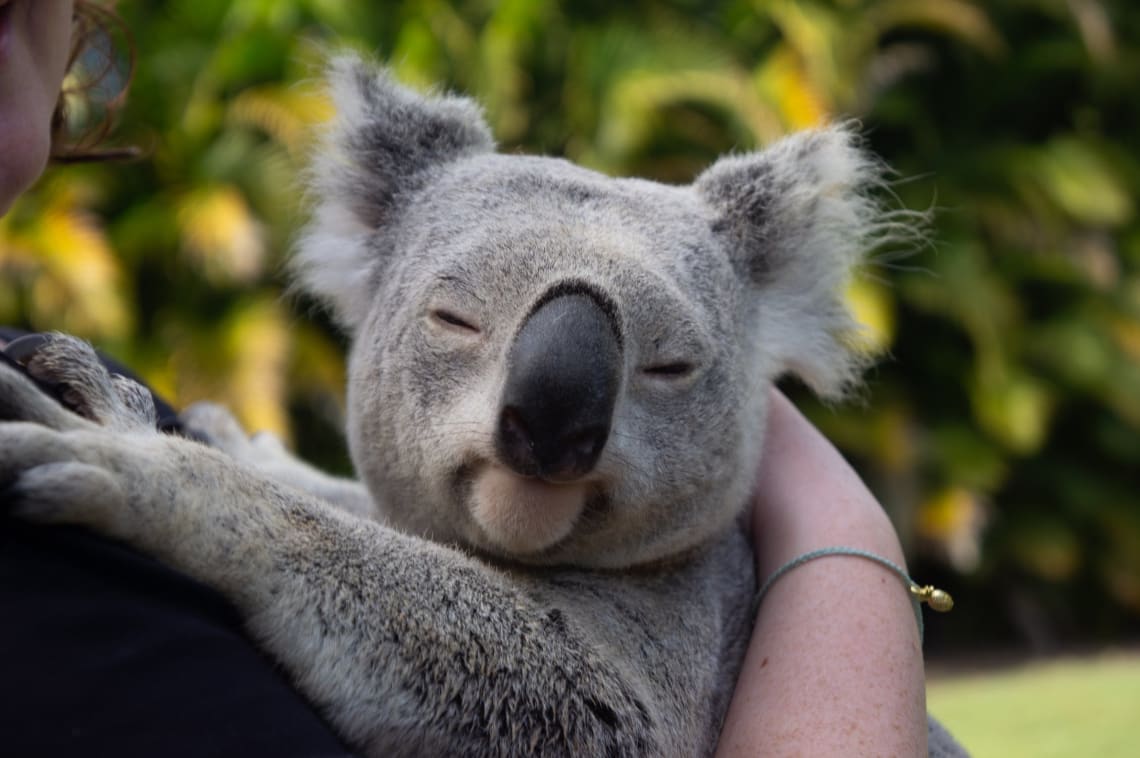
Hugging sloths, koalas, monkeys as a prop for a photo is very unethical, and although might appear harmless, it’s actually harmful for the animal and dangerous for humans. Close interaction with humans changes natural behaviour of the animal.
A scientific report proves that sloths experience a rise in blood pressure when people get close to them. It is recommended to keep 2 meters distance away from the sloths, so to not cause any stress.
Being picked up, passed around and cuddled is stressful for sloths. The same animal can be used all day round by hundreds of unsuspecting tourists. This is of course very scary for the sloth that likes to be rather inactive and high up in a tree, instead of being passed around from human to human that are often wearing lotions or perfumes that they are sensitive to.
Another concern is that the animals are often taken away from their homes in the wild and put in places that are more accessible by tourists. Although they are not being kept in cages or are not chained up, the move is still cruel.
In order to tackle this problem, Costa Rica – a country popular for sightings of sloths and therefore where a lot of the selfies come from – has created a #stopanimalselfies campaign. It educates visitors on the ethics of taking photos with animals and informs how a harmless selfie with a sloth or a monkey promotes animals being kept in captivity.
If you do not want to participate in this awful trend but still want to snap a photo of the fascinating animals, stay away from places that allow you to pose for photos whilst cuddling animals. Keep your distance from the animal, turn off your flash and ensure the animal in in their natural home.
Whilst sloths are most vulnerable animals when it comes to selfies, other animals are also commonly mistreated.
There is a misconception that starfish can be picked up as long as it is not taken out of the water. This is not true. Starfish are very fragile and can easily get hurt when touched. Even small changes to their environment can rise their stress levels. Do not pick up starfish for photos.
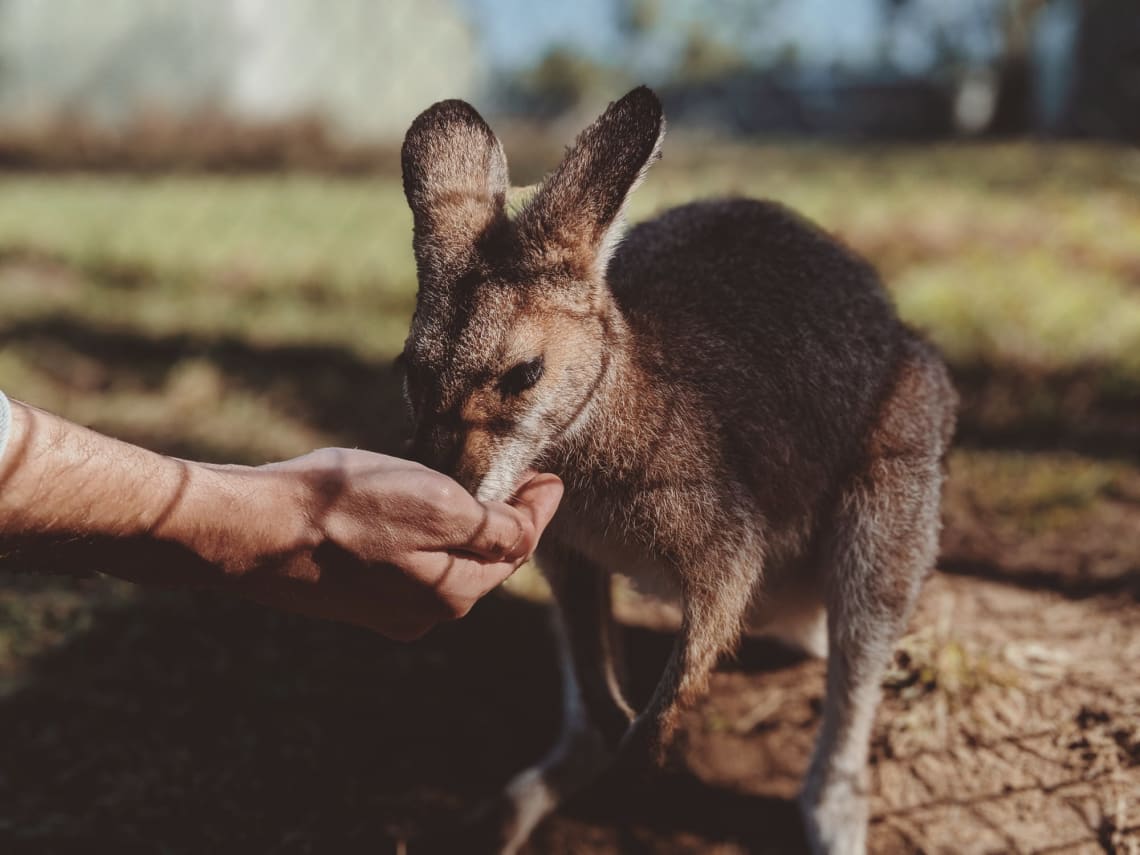
Feeding wildlife is a popular activity that allows tourists a close interaction with the animal. Tourists are offered to feed animal or animals are fed by guides that want to attract wildlife into the area, therefore attracting crowds.
Furthermore, animals are often given human food such as crisps or flavoured nuts or granola bars. This food is not what they would find in the wild, therefore it can be upsetting for their stomachs and can lead to health issues.
Feeding wildlife is controversial as many might suppose this is benefiting the animal, when in reality, it does more harm than good.
It alters their natural behaviour by making them dependent on humans for feeding, which affects the animal’s ability to find their own food. Furthermore, animals can get aggressive if they do not get fed by the next human and might attack. This is why some animals like bears are often shot by rangers if they have been given food by the visitors.
Staying away from animal attractions like the above is part of ethical travel.
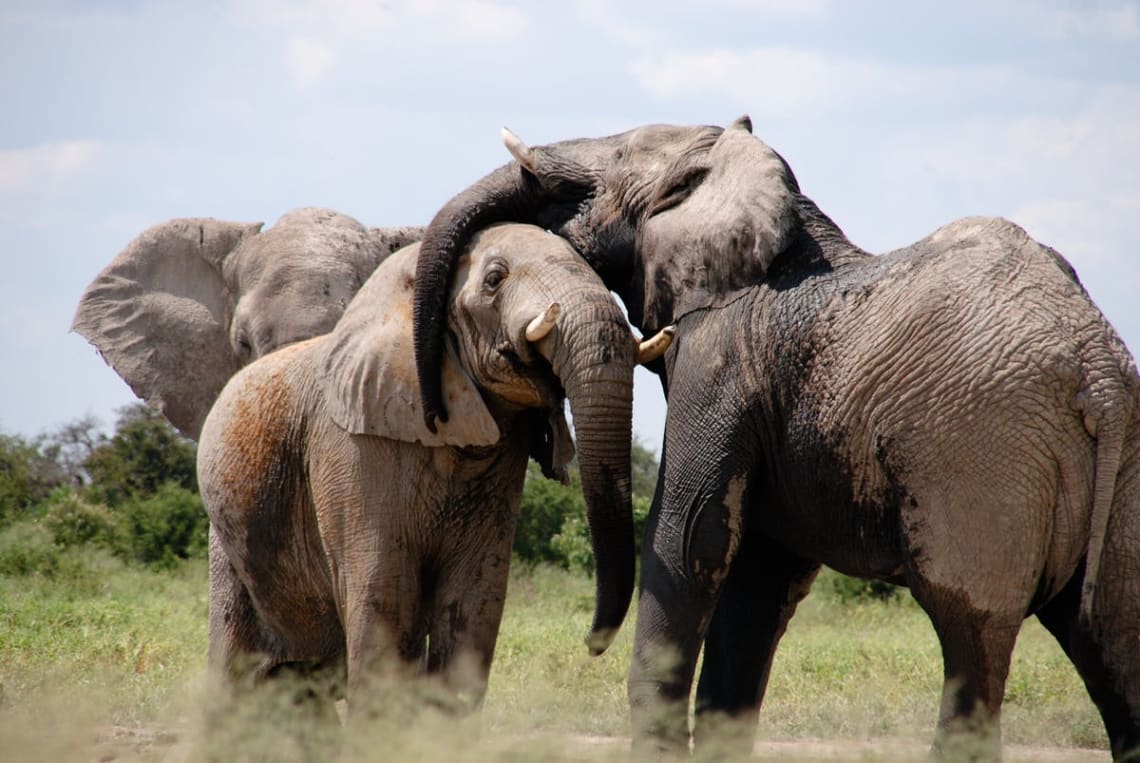
Animals are wild creatures and performance shows, holding or feeding animals, riding elephants or camels is not natural for animals.
You can still participate in animal viewing by choosing operators that have ethical values and seek to conserve and protect the wildlife.
Research the operator and study their ‘about us’ section. Check if any of the activities include direct contact with animals, and opt out if they do. Go with a company that offers wildlife viewing in their natural environments and possibly in off the beaten path locations, where animals are unaffected by over tourism.
By choosing the right tour operator you really can make a difference, as your money will go for the right causes.
Check your intentions before participating in animal activity. Do you want to interact with the animal just because you want a photo for your social media? Listening to your intentions and reflecting on your thoughts and actions is essential for growth and important step in becoming an ethical and responsible traveller.
Keep reading: Tips for wildlife watching and how to do it ethically
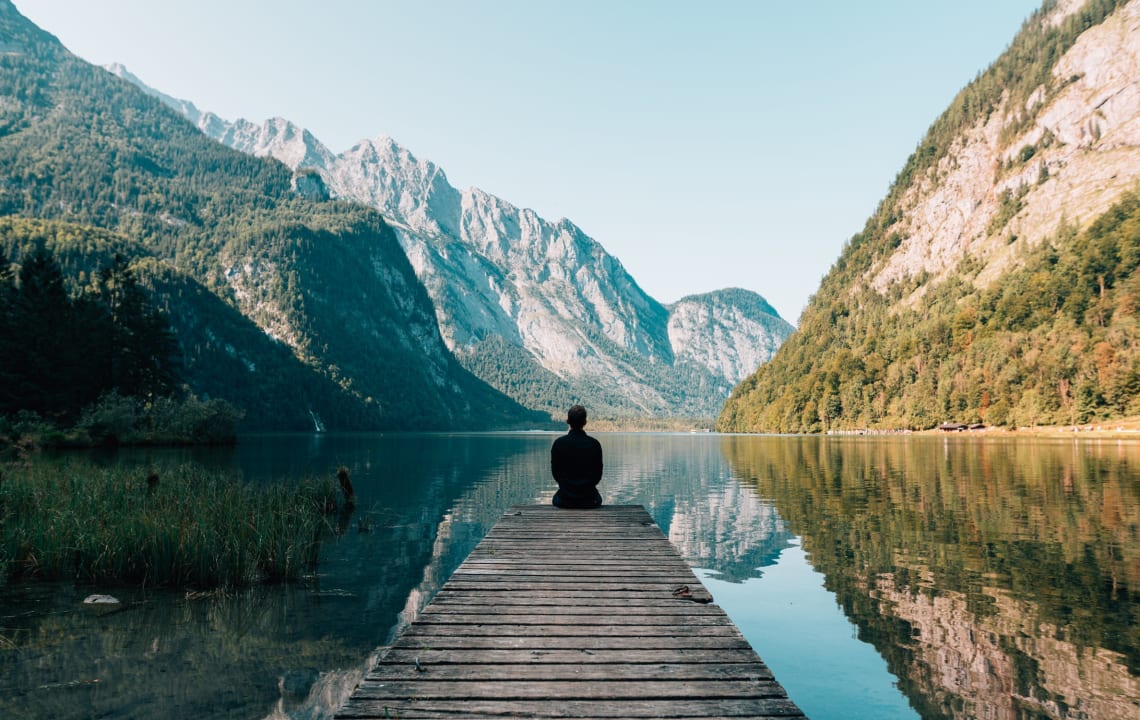
Looking back on my previous travels I know that I have contributed to animal cruelty. I have ridden a camel in India and fed monkeys in Morocco. I am upset and ashamed thinking back about my past actions, but I know that I simply didn’t know better then.
Now as I aim to become an ethical traveller, I reflect on my past actions to find out how my actions have impacted on others, including animals.
I do my best to educate myself further and learn as much as I can about it and educate others, so that we all can learn and become responsible travellers that only leave positive impact on animals and communities alike.
It is time for conscientious and mindful travel. On your next trip choose to observe animals where they belong – in the wild.
Keep reading: Eco tourism destinations around the world
Do you want to learn more about responsible travel? By subscribing to the WP pack plan you have unlimited access to +120 courses at Worldpackers Academy - the travel school made by travelers!
Write here your questions and greetings to the author
Isabela
May 20, 2022
Wow! Very important! :)
Badar
Sep 19, 2022
Realy its ver impressive and iam interessed to konw more
Ashu
Mar 27, 2023
Husky door and Tviinn Husky Door 58 Side Hung Door
Belinda
Jan 10, 2024
Buy Crystal Meth Online, Buying Crystal Meth Online, Meth for sale online, Buy Meth Online, Buy Crystal methamphetamine Online
donaldhealthshop.com